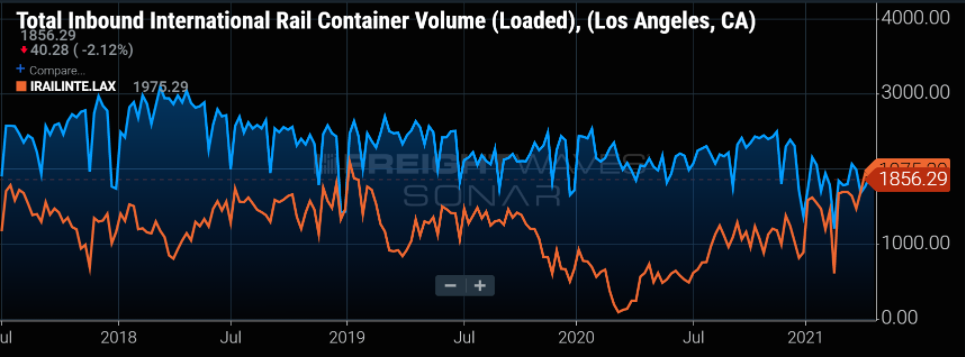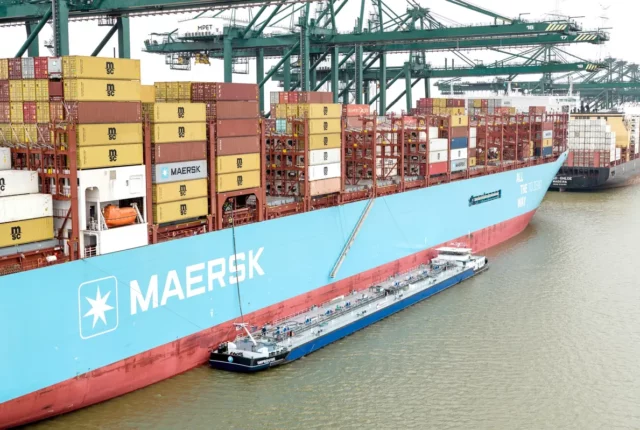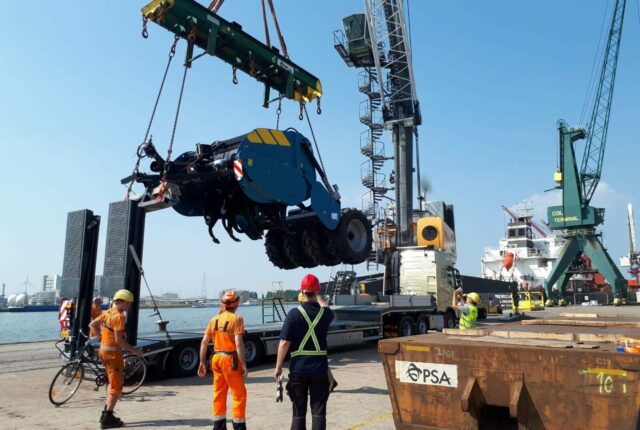
Los Angeles: More Empty Containers than Full Containers!
Over the past few years, the Los Angeles and Long Beach port has been the primary gateway between Asia and the U.S. For the first time in the rail container volume index history, non holiday empty containers outnumber the loaded container volumes heading into Los Angeles. This briefly occurred at the beginning of 2019 around New Year’s when the trade war with China was intensifying.
David Aherne, Director of Across the Ocean Shipping believes “this is obviously very concerning for shippers and freight forwarders. Given the issues with reduced capacity at ports, chassis shortages in the Los Angeles area it is yet another speedbump in the global supply chain that forwarders are faced with this year.
Increased durable goods demand has aggravated the trade imbalance between the U.S. and China and caused shipping rates to hit record levels moving across the Pacific. Unfortunately, this has led to maritime operators neglecting U.S. exporters by moving empty containers back to Asia without cargo in order to take advantage of the pricier and more profitable freight moving east.
Maritime Market Expert Henry Byers states: “It’s time to sound the alarms. The shortage of container capacity is already affecting many supply chains, but almost no sea freight company will be spared from what lies ahead. The congestion and delays happening right now are primarily part of the downstream ripple effect that was largely caused by last year’s increased import volumes. Since we are able to see these volumes as they are leaving on vessels that are destined for the U.S., we can tell you that these TEU volumes are still hitting record highs. So, if the downstream supply chain is already under enormous pressure, we are likely to see rates reach new heights as well.”
As shown on the graph (top of page) we can see that the transportation situation may worsen before it gets better.






